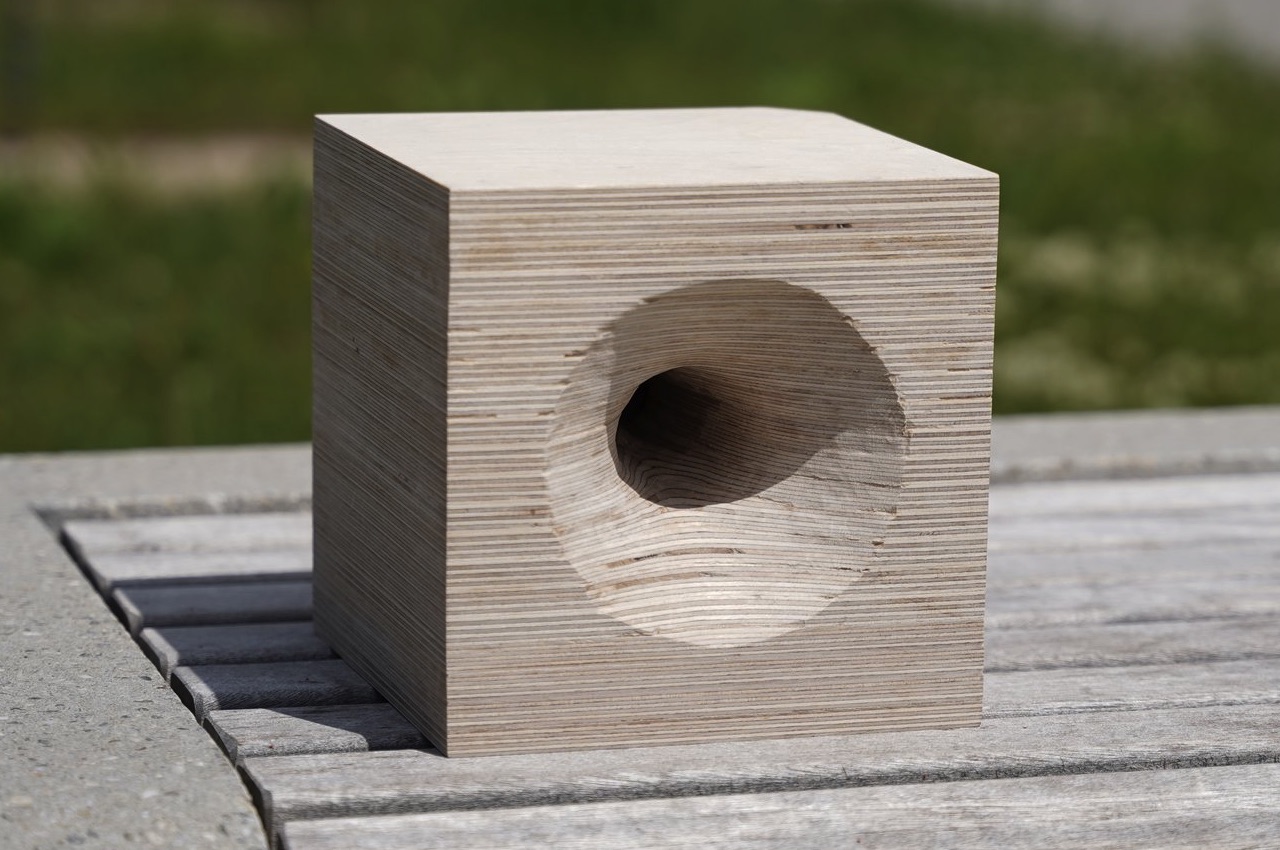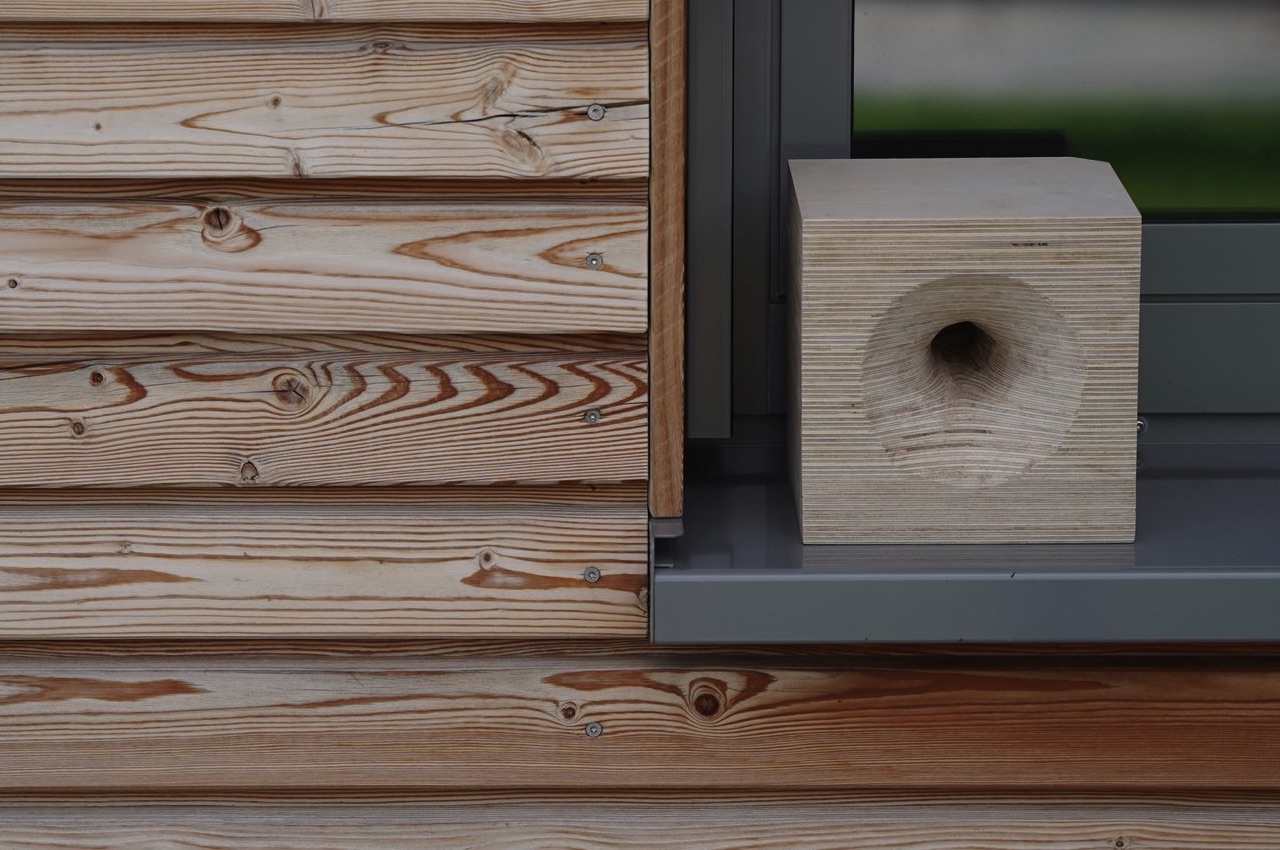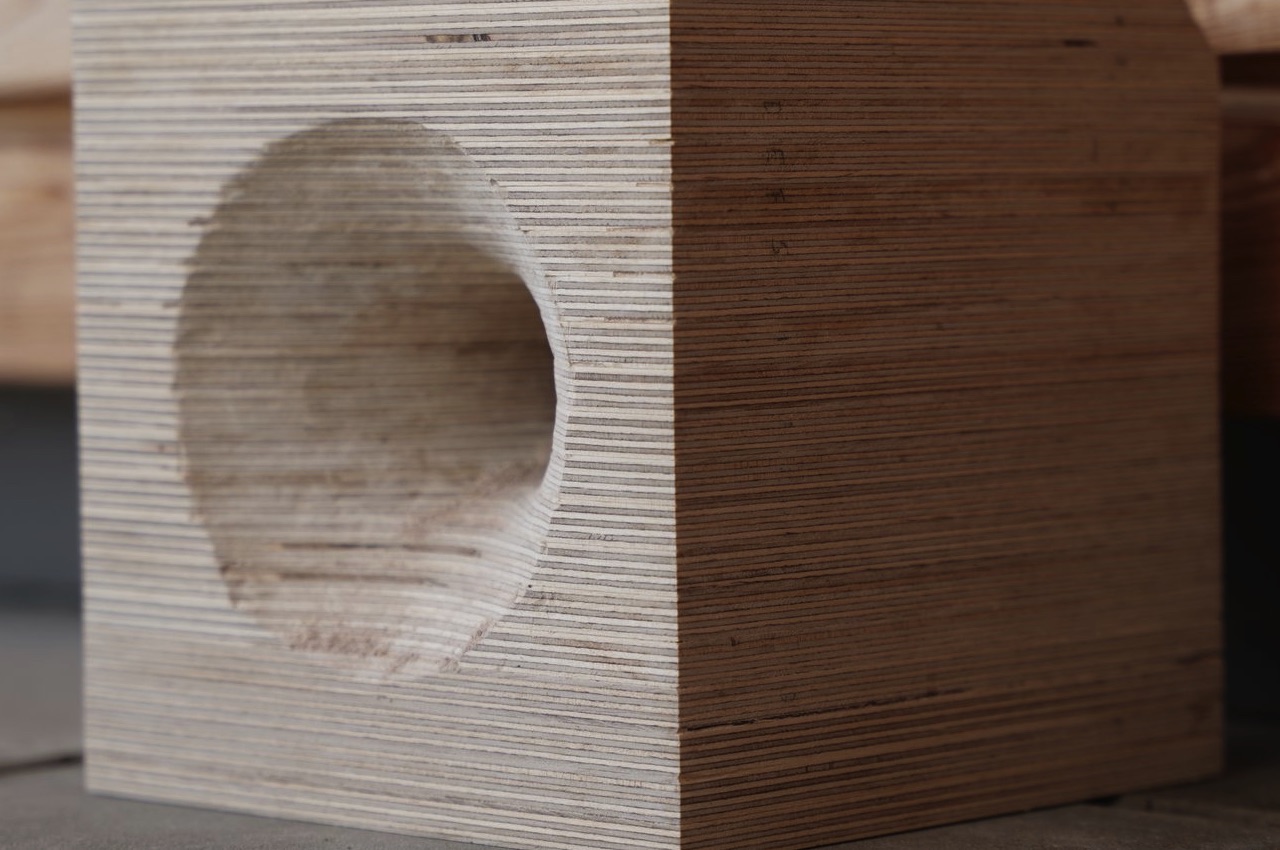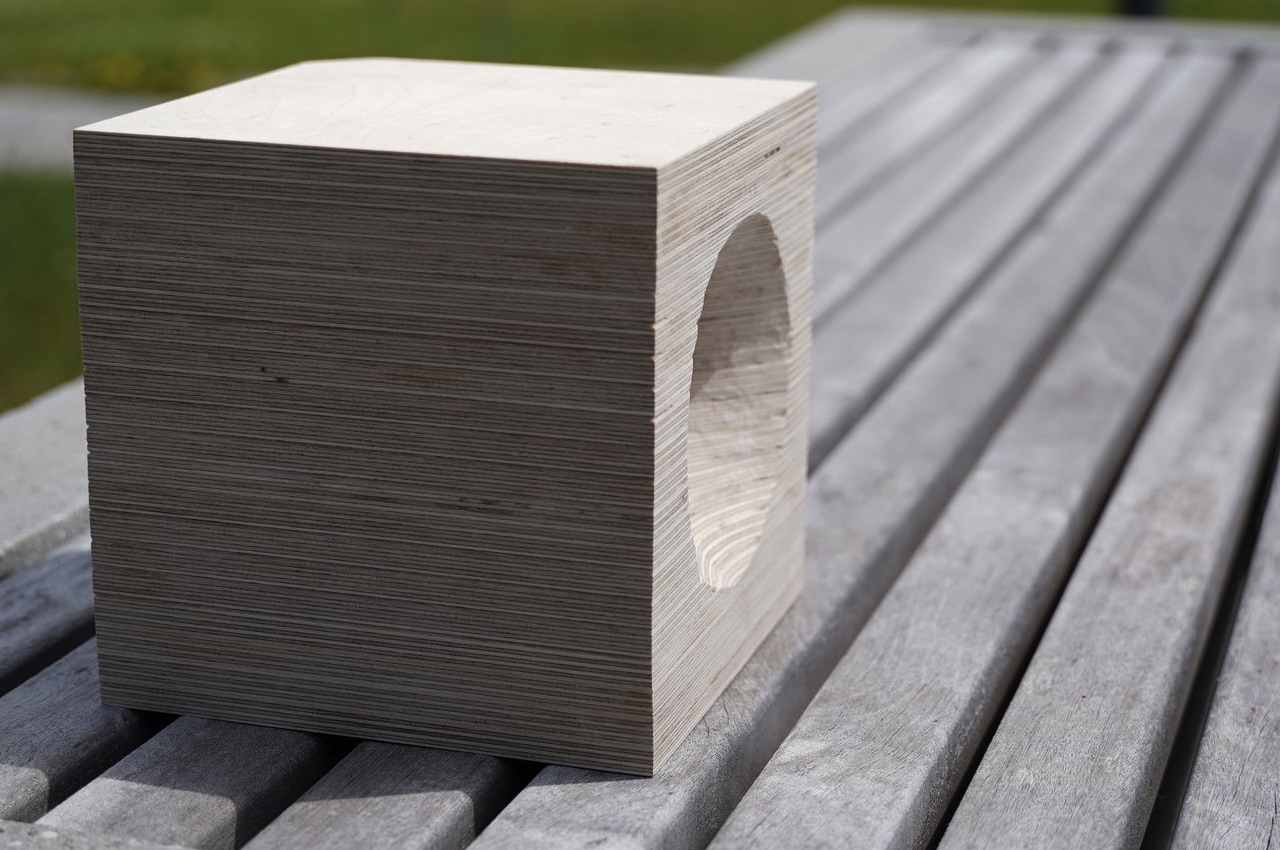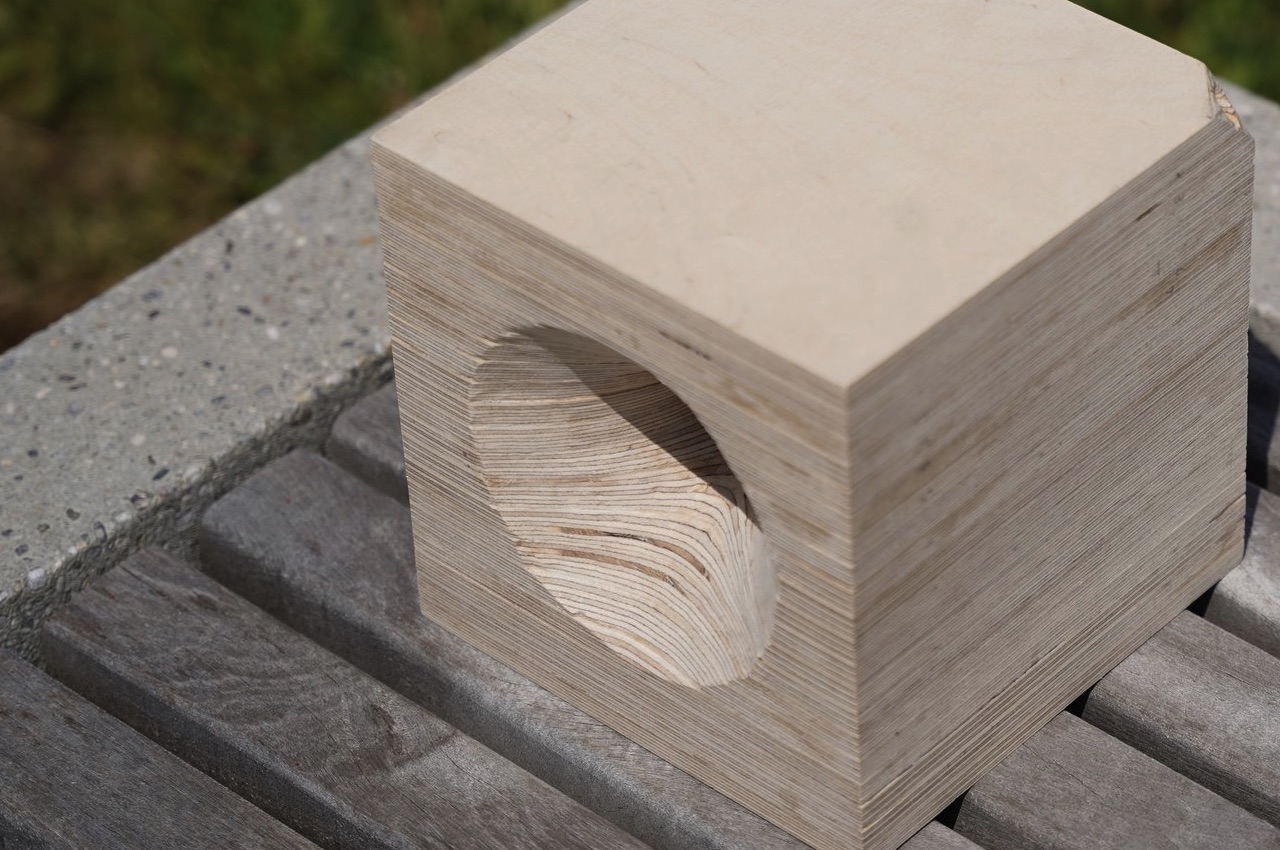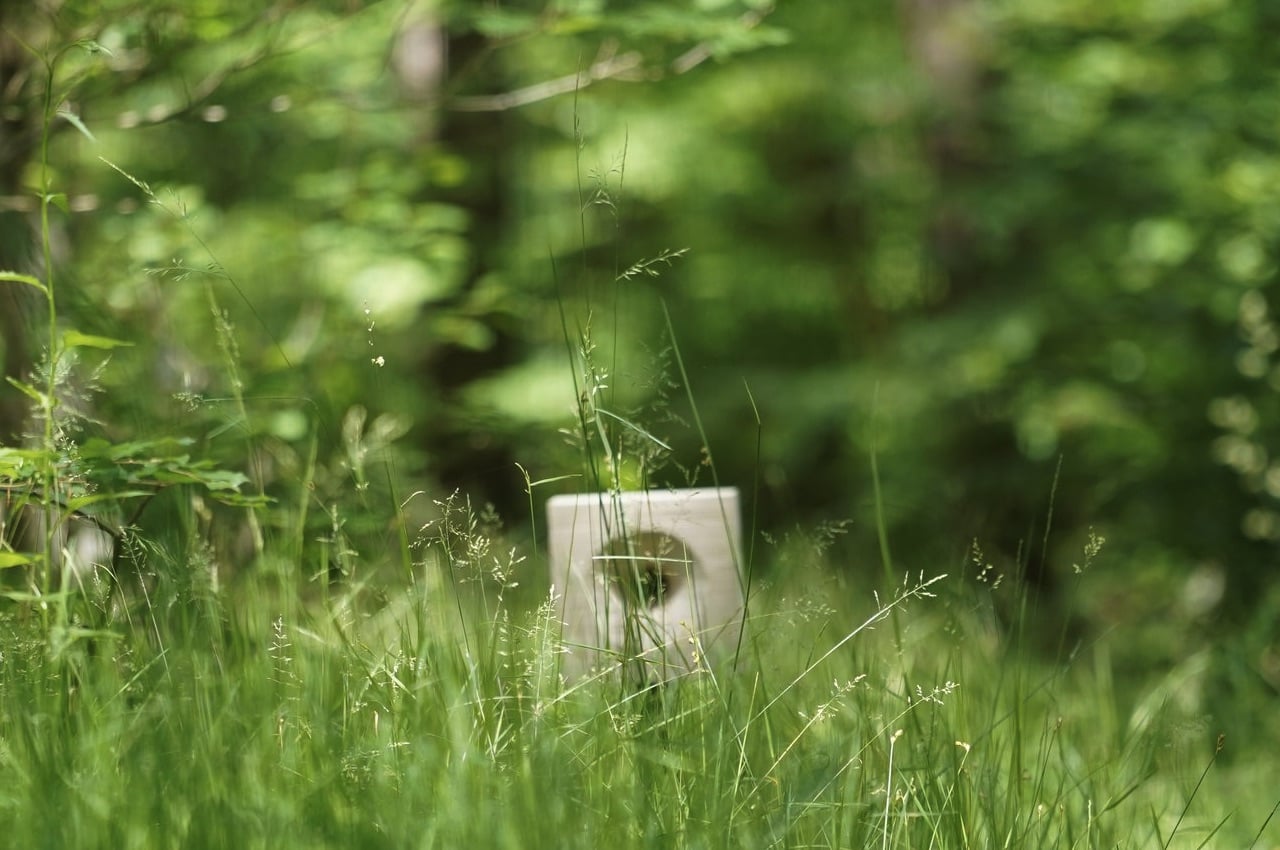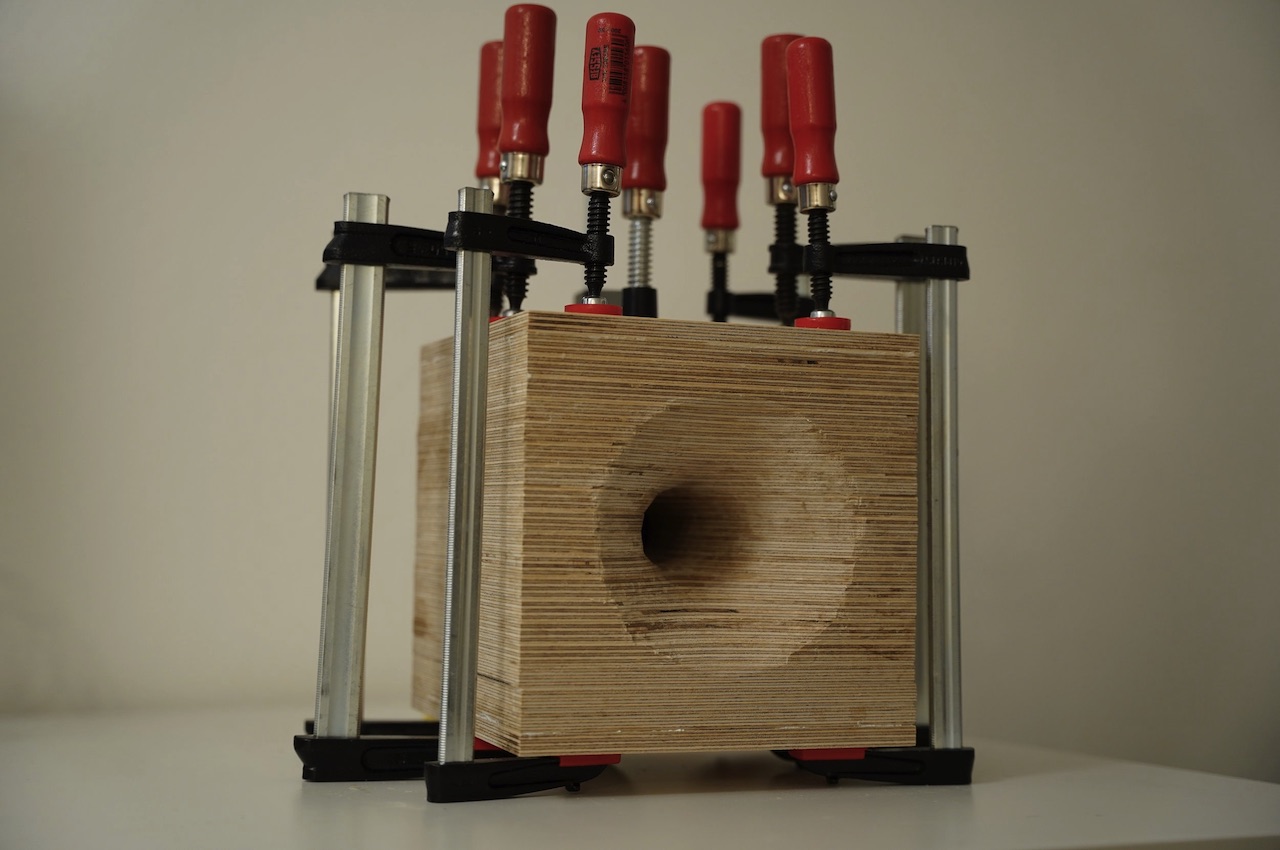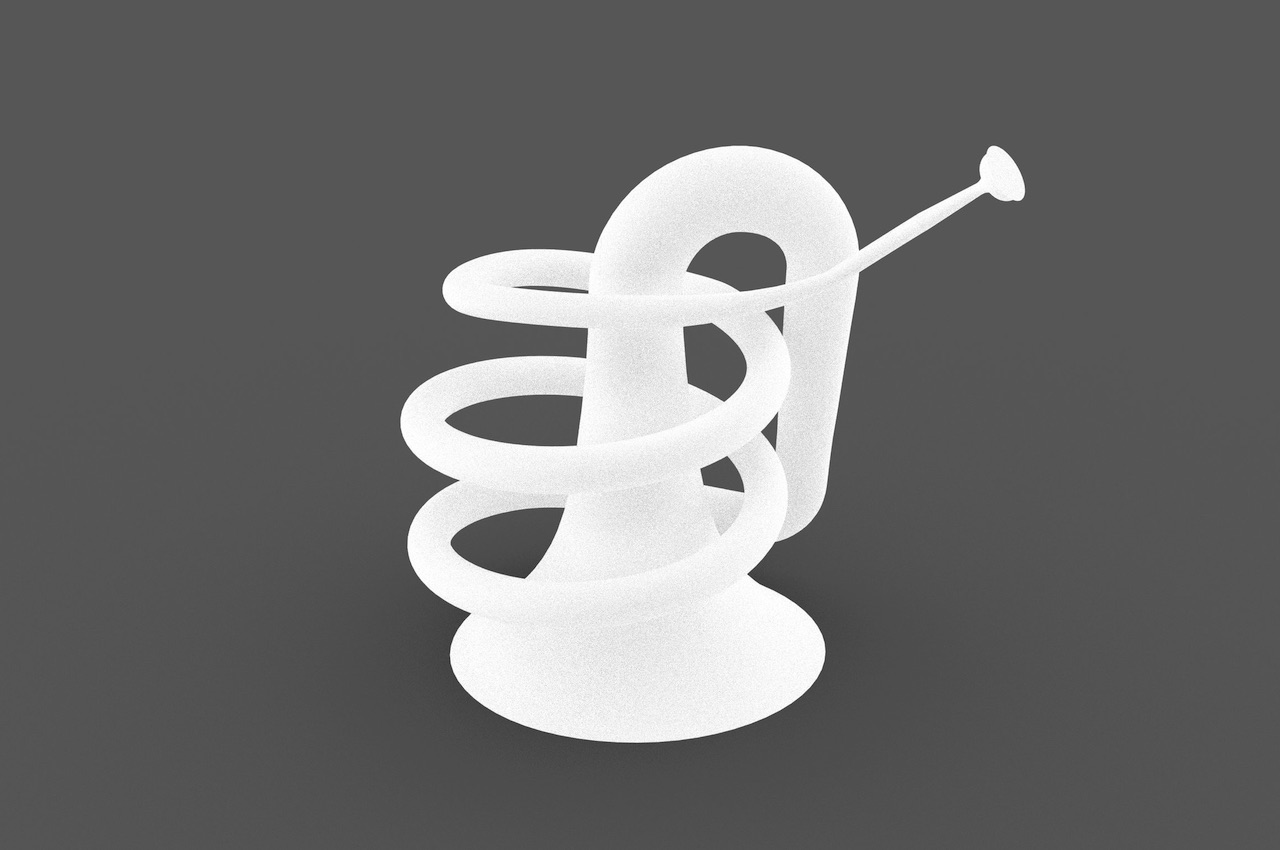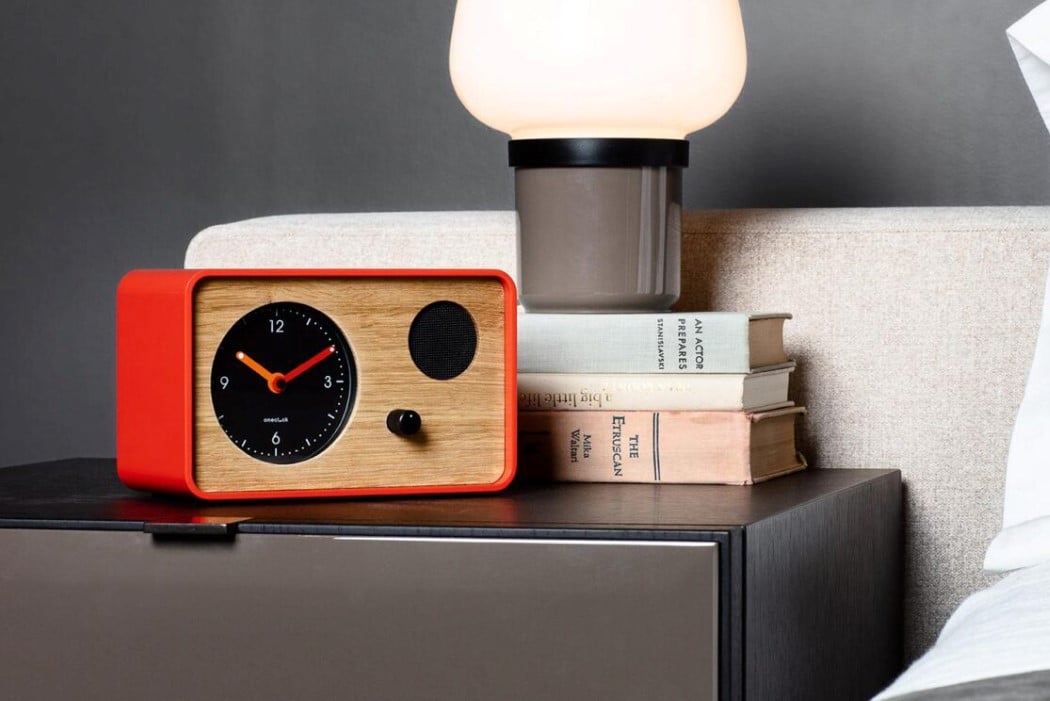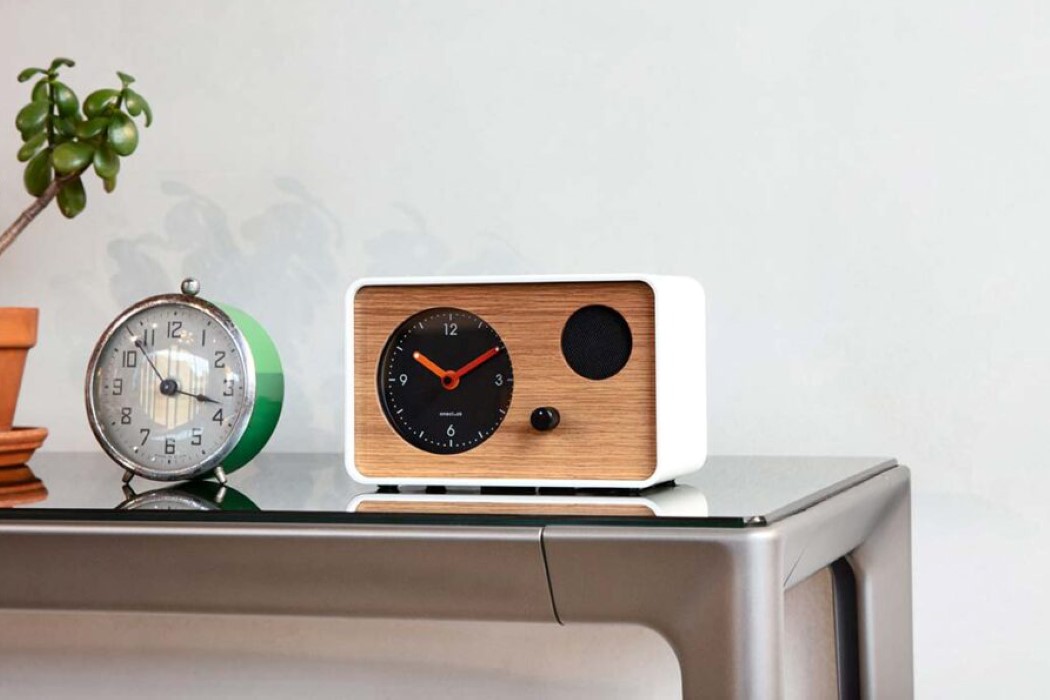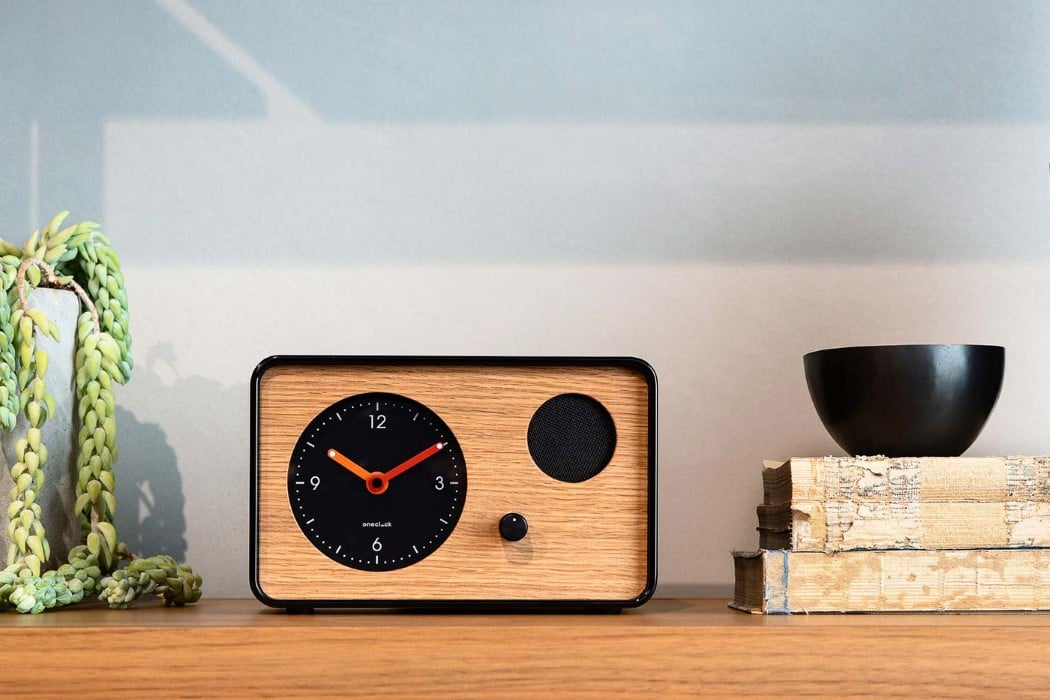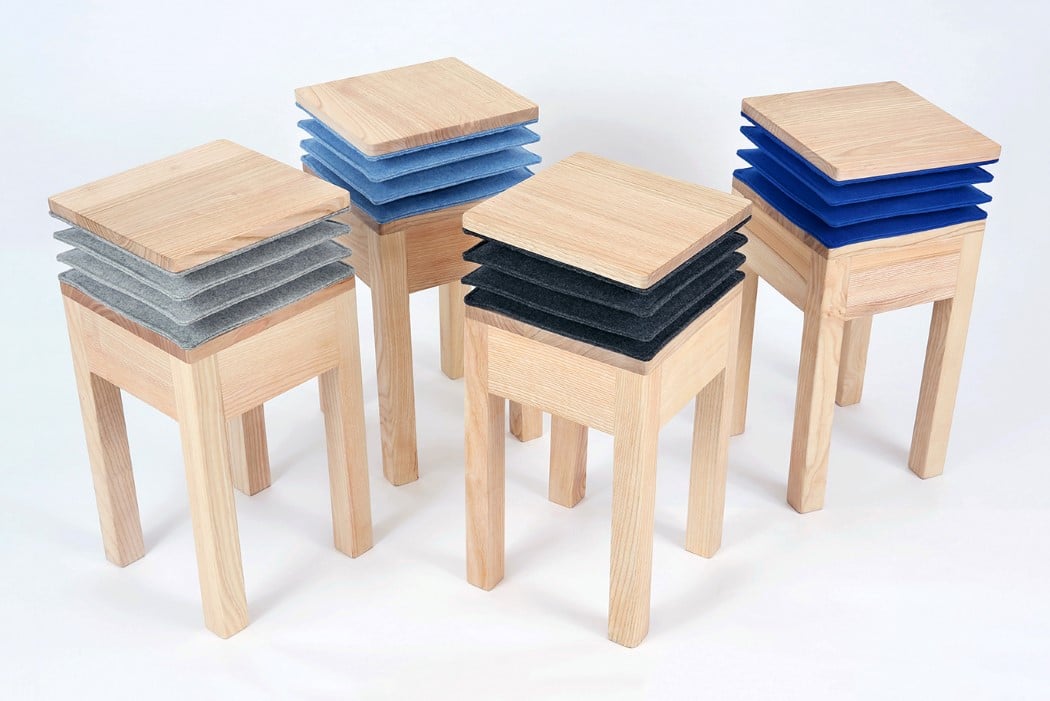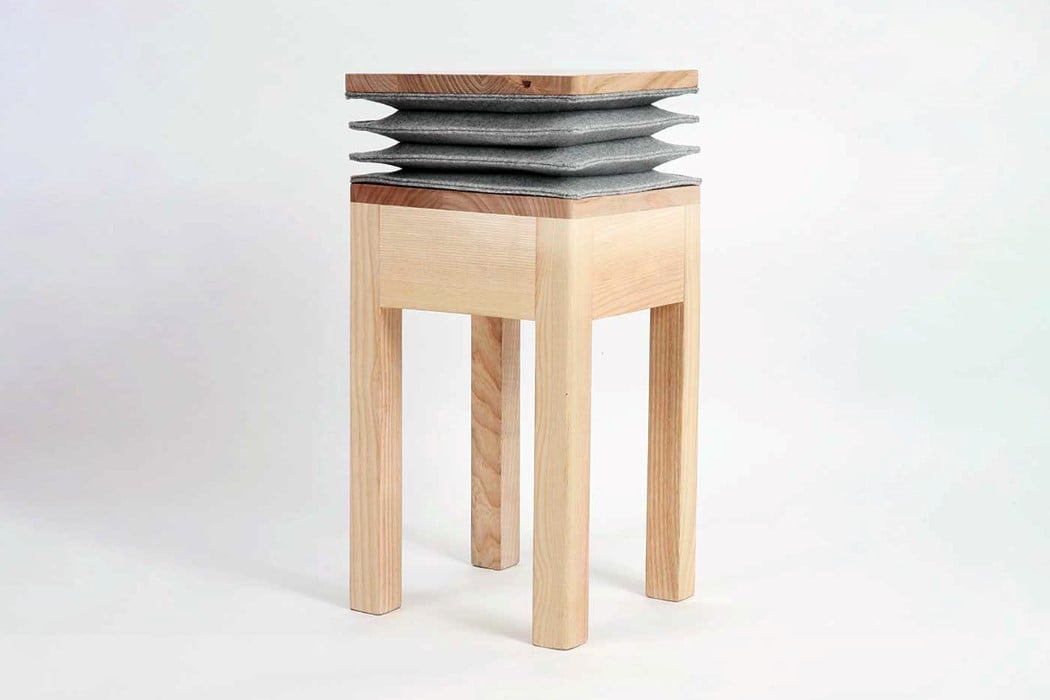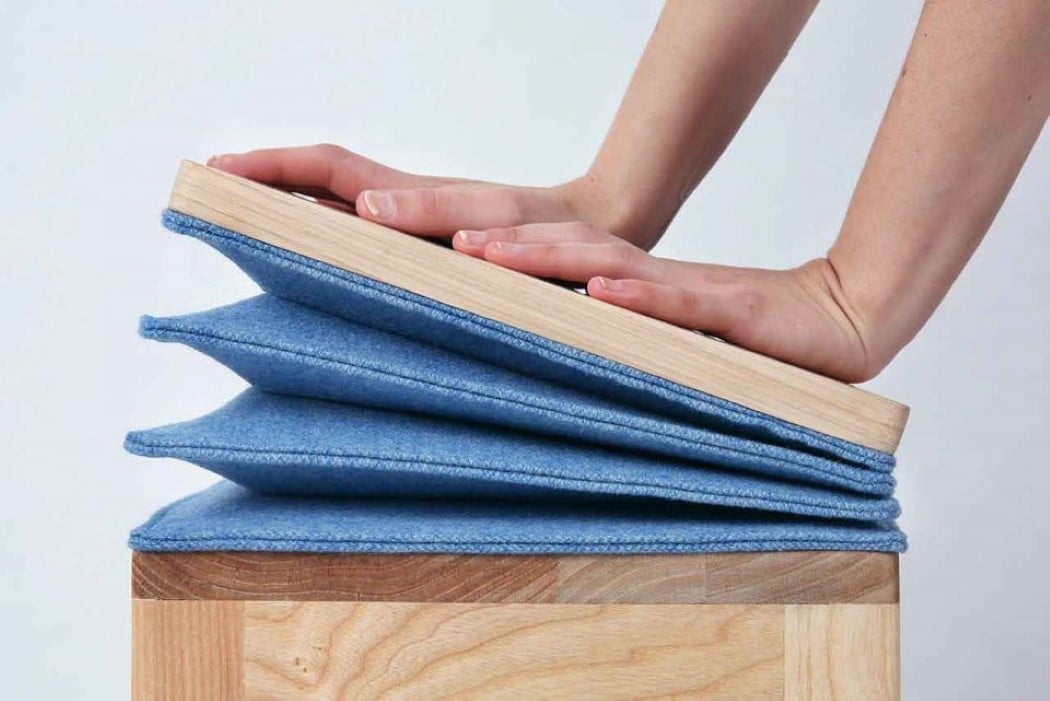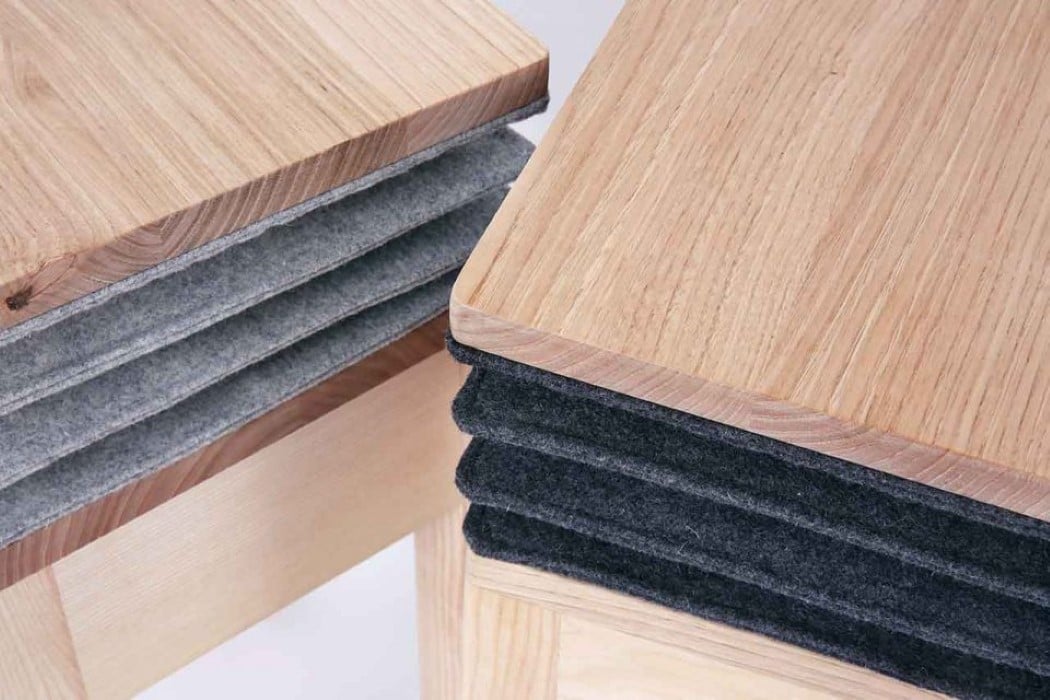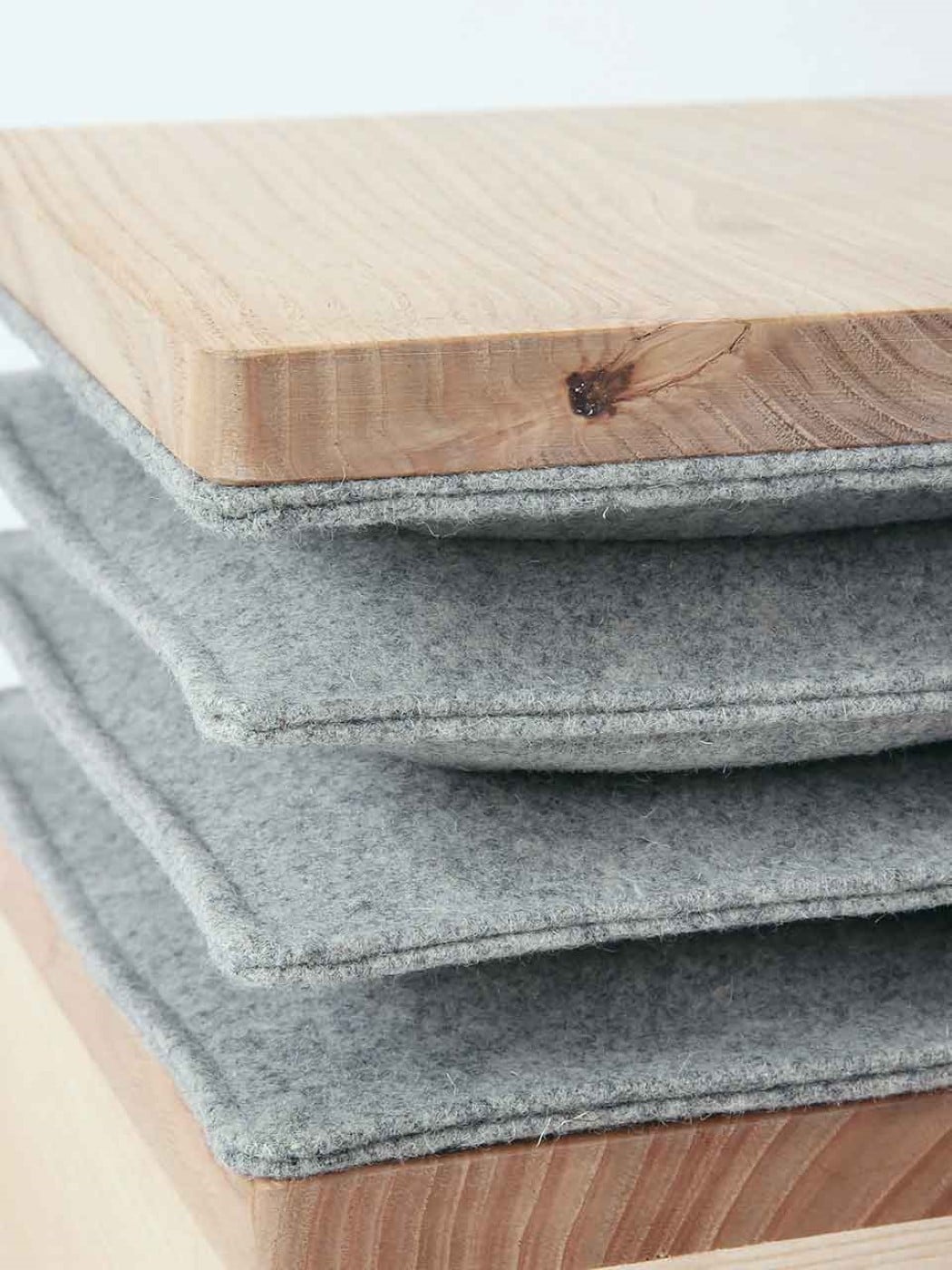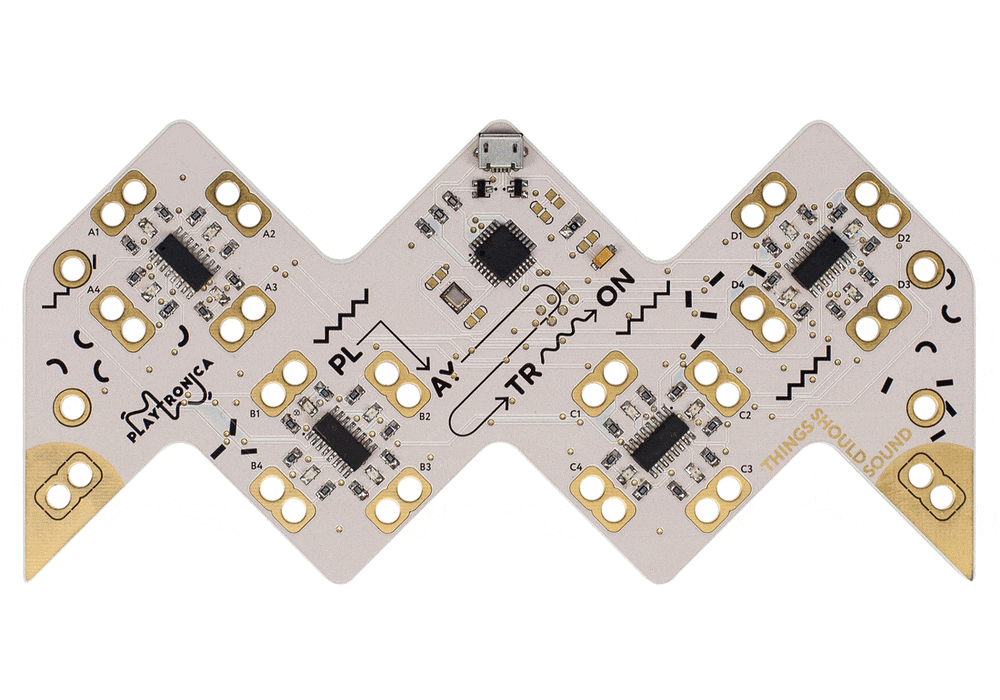
With the popularity of fast fashion, there is also a lot of textile waste that ends up in landfills and have not been recycled or upcycled. There are several groups that have been advocating for more eco-friendly fashion that includes not supporting these kinds of manufacturers and looking for ways to have better use for household textile waste. You don’t even have to create new clothes from them but find other uses outside of fashion.
Designer Name: Sze Tjin Yek


The Sorbet acoustic panels is one such project, turning all these shredded textile waste into acoustic panels that can be used for homes, offices, and other commercial spaces. Panels like these are important to minimize noise pollution within closed areas for both the mental and physical health of users. But instead of the usual acoustic panels made from open cell polyurethane, these are made textile waste which have the second lowest recovery rate in Australia after plastics.


These panels are made from 100% laundered and upcycled household textile waste. These are durable enough but of course they need to be bonded together and the inventor used a starch-based glue. And since the textile used have different colors and textures, there are three aesthetic options created: Blueberry Lemonade (blue and gold), Red Velvet (red and black(, and Hundreds and Thousands. The third one uses more color options since textiles are of course varied.

This kind of panel is of course more sustainable than your usual ones that use recycled PET and textile fibers bonded with mycelium. The next step would be to create a process that can make this commercially viable and also look at installation methods for it.

The post Acoustic panels uses textile waste for sustainable production first appeared on Yanko Design.
